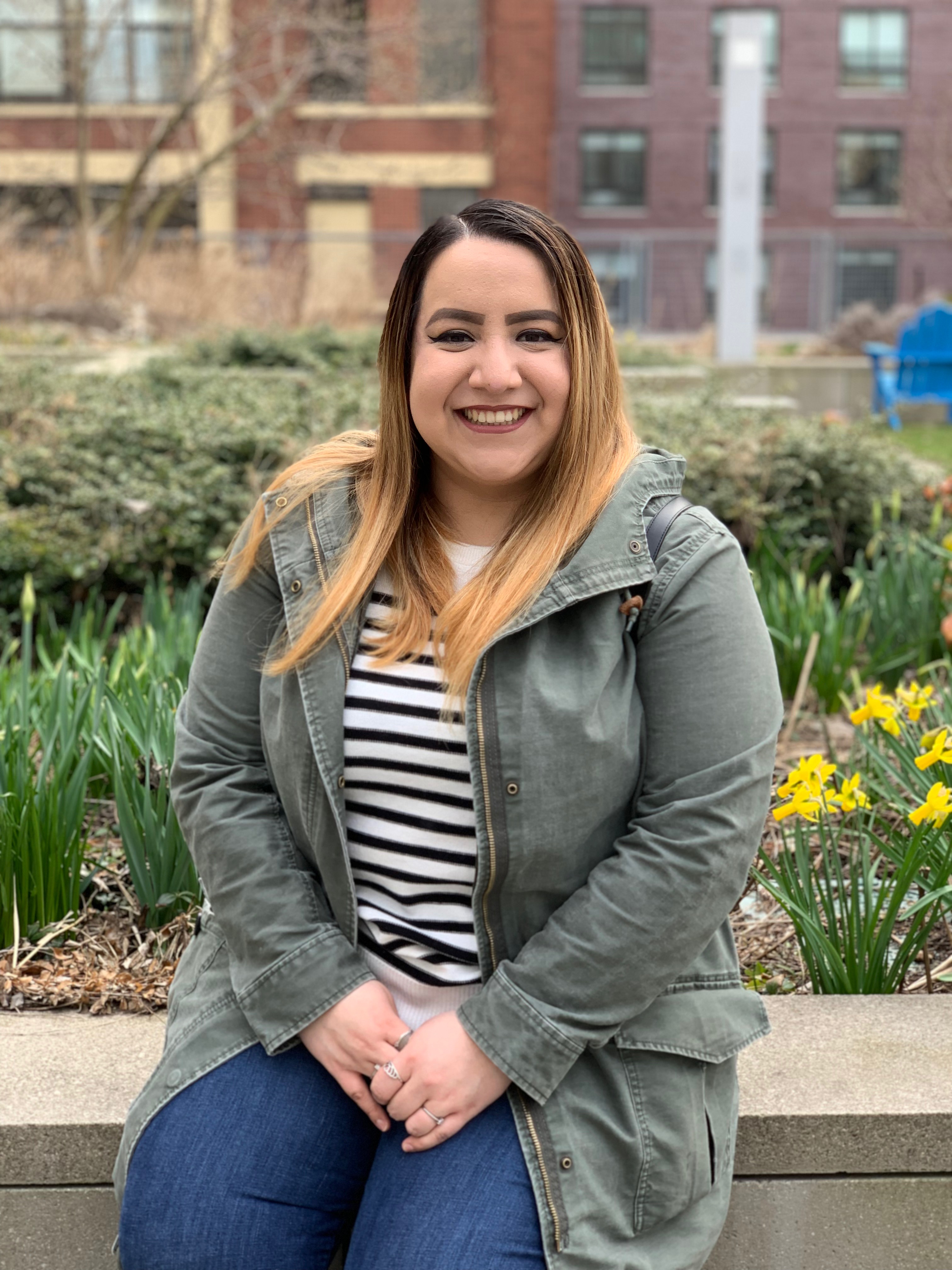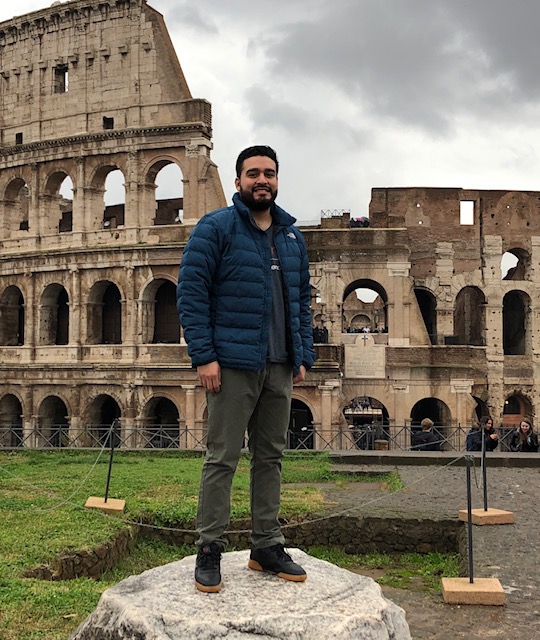History Alumni/nae

Nancy Ocampo, Graduate Student, Hunter College
“During my time at John Jay College, I was a Global History major and a Latin American Studies minor. I took various Global History courses ranging from 1650 to the present. These courses helped expand my knowledge of global history subjects, including European History and US History. As a History major I really benefitted from the help I received from the professors and advisors in the History department. After graduating from John Jay, I went on to Hunter College to pursue a graduate degree in Adolescent Social Studies Education where I am continuing to take history classes as well as education courses while observing various history classes in different high schools. With my degree from John Jay College and the degree I am to receive from Hunter College I hope to become a history teacher.”

Victor Nilo, Account Manager
“My experience at John Jay College as a history major was transformational. Choosing the history major was a decision I made after feeling dissatisfied with the level of writing (i.e. creating well-constructed arguments) and reading other majors offered. I knew that if properly taught to write, think, communicate, and speak as a historian, I would have the skills I needed to succeed in any professional setting. Since graduating in 2016, I’ve worked abroad as an International Relations manager for an NGO in Santiago, Chile and more recently as an Account Manager for a large office supplier in their Manhattan branch. Currently, I’m loving the experience I am getting from working in business, specifically using the critical thinking skills I learned as a history major to create custom solutions for clients.”

John Corrado, Attorney, Olshan Frome Wolosky LLP
“As a History major at John Jay, I was able to explore the past in a vibrant classroom setting. My major allowed me to sharpen my research, writing, and public speaking skills while exploring past events. I had the opportunity to engage in exciting research projects and publicly present my findings. After graduating from John Jay, I used the skills acquired from obtaining a History Degree to pursue a law degree at Benjamin N. Cardozo School of Law. Since graduating from Benjamin N. Cardozo, I have taken a position at Olshan Frome Wolosky LLP where I practice corporate and securities law.”
Joselyn Guazhima, Graduate Student, Columbia School of Social Work
“As a history major at John Jay, I was able to delve into my passion for history, engage in meaningful debates, learn from inspiring professors, and develop a variety of significant transferable skills, e.g. public speaking and critical thinking. I am currently finishing my first year as a graduate student at Columbia’s School of Social Work. My background in history provided me with an understanding of how themes like power, race, oppression, and privilege are profoundly embedded in our past and present as well as how they impact my clients in my field placement. I plan to pursue a career as a Licensed Clinical Social Worker in hopes of opening my own private practice for children, adolescents, and families of our black/brown communities.”
Contact us
mclavell@jjay.cuny.edu
Call
212.237.8827
Visit
8.65 New Building